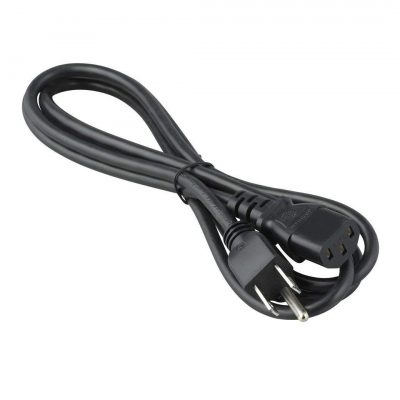The Amiga 1000 was released in July 1985, but a series of production problems kept it from becoming widely available until early 1986. The best selling model, the Amiga 500, was introduced in 1987 and became one of the leading home computers of the late 1980s and early 1990s with four to six million sold. The A3000, introduced in 1990, started the second generation of Amiga systems, followed by the A500+, and the A600 in March 1992. Finally, as the third generation, the A1200 and the A4000 were released in late 1992. The platform became particularly popular for gaming and programming demos. It also found a prominent role in the desktop video, video production, and show control business, leading to video editing systems such as the Video Toaster. The Amiga’s native ability to simultaneously play back multiple digital sound samples made it a popular platform for early tracker music software. The relatively powerful processor and ability to access several megabytes of memory led to the development of several 3D rendering packages, including LightWave 3D, Imagine, Aladdin4D, and TurboSilver.
Although early Commodore advertisements attempt to cast the computer as an all-purpose business machine, especially when outfitted with the Amiga Sidecar PC compatibility add-on, the Amiga was most commercially successful as a home computer, with a wide range of games and creative software. Poor marketing and the failure of the later models to repeat the technological advances of the first systems meant that the Amiga quickly lost its market share to competing platforms, such as the fourth generation game consoles, Macintosh, and the rapidly dropping prices of IBM PC compatibles which gained 256 color VGA graphics in 1987. Commodore ultimately went bankrupt in April 1994 after the Amiga CD32 model failed in the marketplace.
* Information provided by Wikipedia
| Manufacturer | Commodore International |
| Type | Personal computer |
| Release date | July 23, 1985 |
| Introductory price | US$1,295 |
| Discontinued | 1996 |
| Operating system | AmigaOS on Kickstart |
| CPU | Motorola 680×0 |
| @ ≈7 MHz & higher | |
| Memory | 256 kilobytes and higher, expandable |
| Graphics | |
| Sound | |
| Connectivity | |









